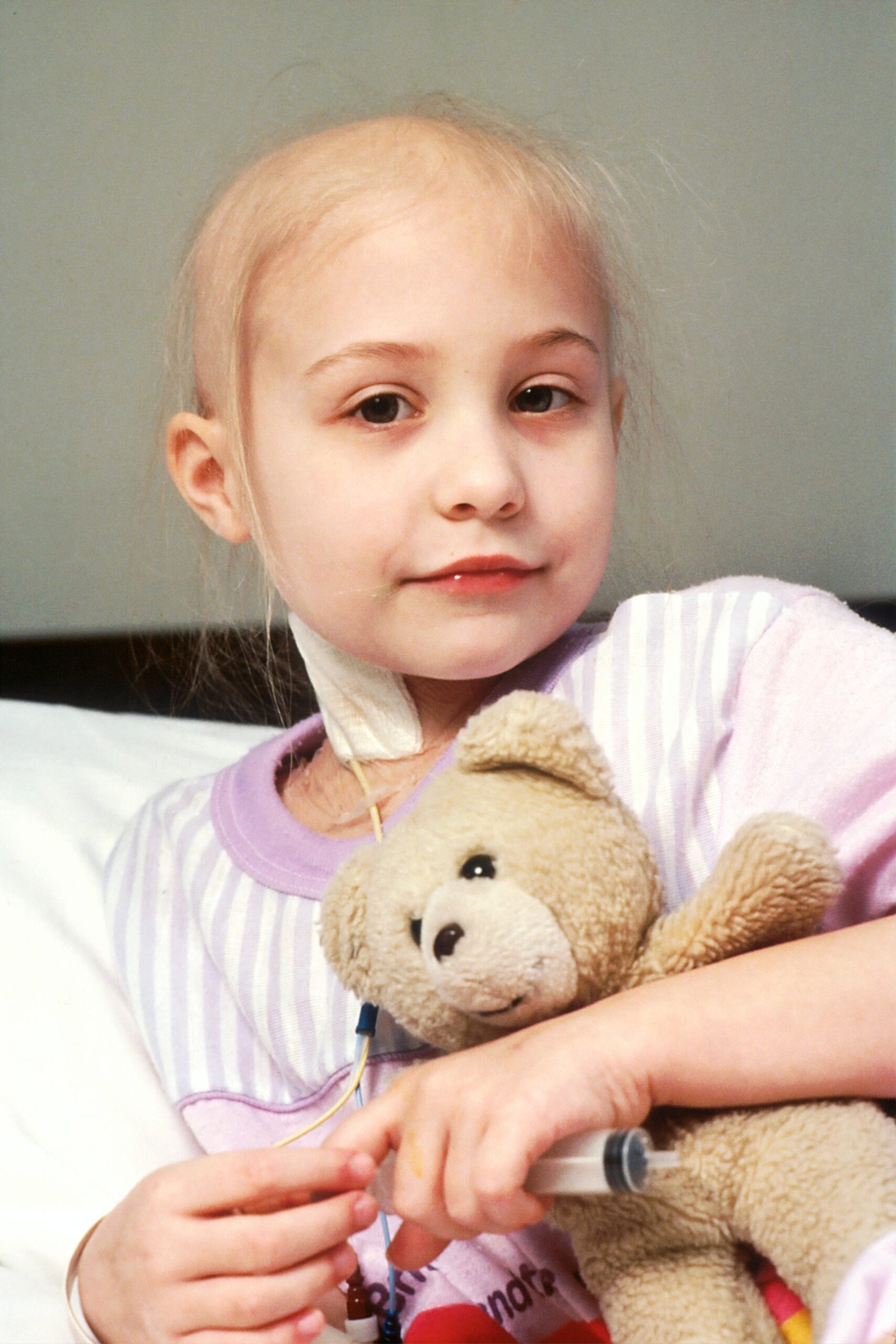Implementing Health Communication Campaigns: Informing, Engaging, and Empowering Communities
Health communication campaigns are vital tools for improving public awareness, promoting healthier behaviors, and encouraging preventive care. When implemented effectively, these campaigns bridge the gap between health knowledge and real-world action. By leveraging platforms such as social media, newsletters, community outreach, and traditional media, organizations can reach broad audiences and deliver accurate, accessible, and actionable health information.
The Purpose of Health Communication Campaigns
Health communication campaigns are designed to educate, inform, and motivate individuals to adopt healthy behaviors and make informed choices. These campaigns often address pressing public health concerns such as vaccination, nutrition, mental health, or disease prevention. By simplifying complex information, campaigns make health guidance understandable and relatable to diverse audiences.
Reaching Communities Through Social Media
Social media platforms such as Facebook, Instagram, Twitter, and TikTok have become powerful tools for public health messaging. Organizations can use these platforms to share infographics, video content, live Q&As, and personal stories that resonate with followers. The viral nature of social media allows campaigns to spread quickly, especially when messages are visually engaging and shareable.
Using Newsletters for Ongoing Engagement
Email newsletters and digital bulletins are effective for maintaining regular communication with community members. These newsletters can include health tips, upcoming events, expert interviews, and success stories. The format allows for targeted messaging, giving organizations the ability to segment audiences and tailor content to specific age groups, health concerns, or demographics.
Partnering with Local Media for Broader Reach
Local newspapers, radio stations, and television networks remain key channels for reaching a wider population. Broadcasting public service announcements (PSAs), expert interviews, and educational segments ensures that health messages reach people who may not be active online. Local media also adds credibility and familiarity, helping messages feel more trustworthy.
Crafting Clear and Culturally Sensitive Messages
Effective health communication campaigns are built on clarity and cultural competence. Messages must be easy to understand, free of jargon, and translated into languages spoken by the community. Cultural relevance is also crucial—health campaigns are more successful when they reflect the values, beliefs, and experiences of their target audience.
Highlighting Real Stories to Humanize Health Messages
Personal stories from community members can be powerful tools for health campaigns. Sharing real-life experiences related to quitting smoking, overcoming mental health challenges, or managing chronic illness can inspire others to take similar steps. These narratives build emotional connection and trust while reinforcing campaign messages.
Encouraging Preventive Health Behavior
One major goal of health communication is to encourage prevention—getting vaccinated, scheduling regular check-ups, eating a balanced diet, or staying physically active. Campaigns that highlight the benefits of early detection and lifestyle changes can reduce long-term healthcare costs and improve quality of life.
Targeting Different Demographics Effectively
Different age groups and community segments respond to different messaging strategies. For instance, youth campaigns might rely on short videos and influencer collaborations, while older adults may prefer printed materials or radio segments. Segmenting campaigns ensures that each group receives relevant and engaging content.
Building Trust Through Consistent Messaging
Trust is fundamental in health communication. Campaigns that maintain consistency across platforms and over time are more likely to be believed and acted upon. Misinformation thrives when there’s confusion—so ensuring all materials align and are fact-checked is essential. Collaborating with trusted local leaders and health professionals also strengthens credibility.
Encouraging Two-Way Communication
Effective health communication isn’t one-sided. Providing opportunities for community members to ask questions, share concerns, and provide feedback creates engagement and improves campaign impact. This can be achieved through live Q&A sessions, online comment sections, community forums, or surveys.
Leveraging Visuals for Better Retention
Visual content—including infographics, posters, short videos, and animations—helps people retain information more effectively than text alone. These tools are especially helpful for illustrating data, explaining health processes, or demonstrating step-by-step behaviors like proper handwashing or medication management.
Using Influencers and Community Ambassadors
Collaborating with local influencers, public figures, or respected community members can increase the reach and impact of health campaigns. These individuals serve as trusted messengers, helping deliver health information in a relatable, familiar way. Ambassadors can also engage with their followers and respond to questions in real time.
Evaluating the Impact of Health Campaigns
Monitoring and evaluation are key components of successful health communication. Organizations must track engagement metrics, survey responses, behavior changes, and participation rates to determine what’s working and what needs adjustment. Evaluation helps refine messaging, improve outreach, and demonstrate impact to stakeholders and funders.
Adapting to Emerging Public Health Challenges
Health communication campaigns must be flexible and responsive to emerging issues, such as a sudden outbreak, mental health crisis, or environmental concern. Being able to quickly pivot messaging and use timely data ensures that campaigns remain relevant and effective in times of change.
Conclusion: Empowering Communities Through Strategic Communication
Implementing effective health communication campaigns is a vital investment in community health. By leveraging a variety of platforms—from social media and newsletters to local media and public forums—organizations can reach diverse audiences with consistent, clear, and culturally respectful messaging. When health communication is done right, it not only raises awareness—it empowers people to make better choices, adopt healthier behaviors, and contribute to a stronger, more informed society.

































